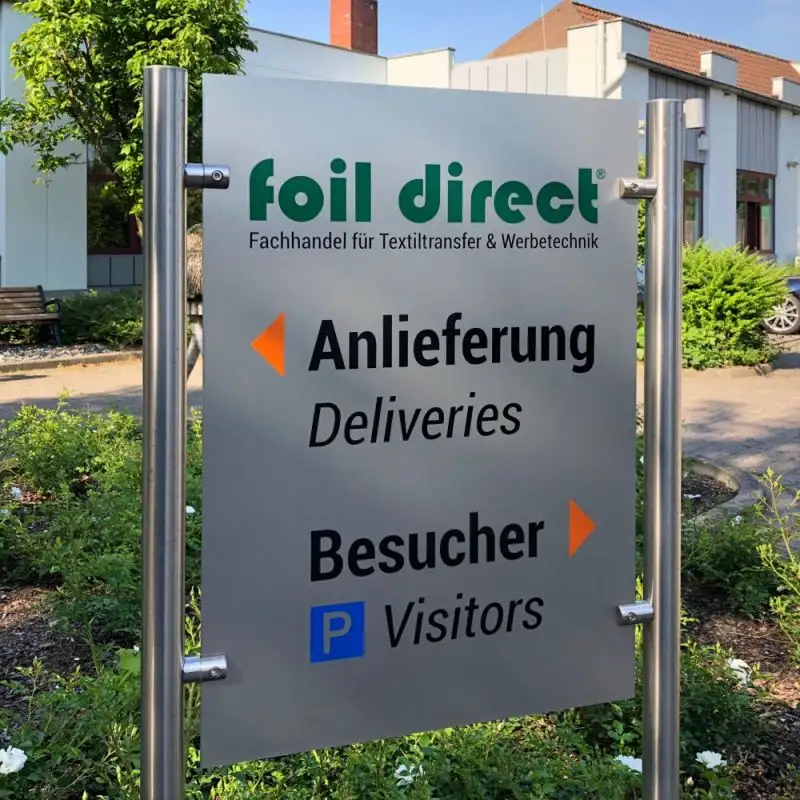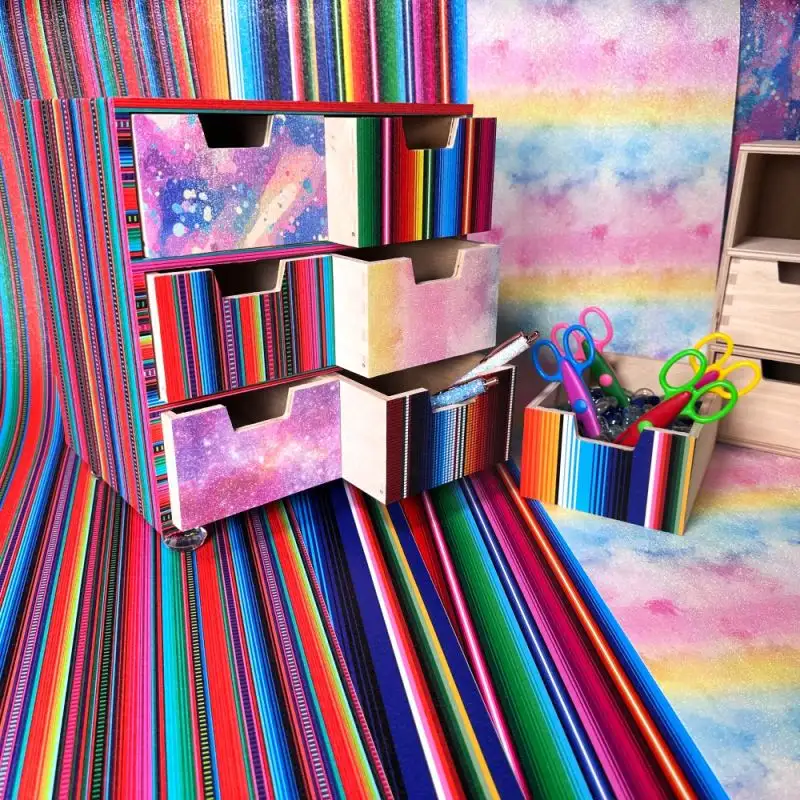When selecting materials for your next signage or vehicle wrap project, understanding the fundamental differences between cast and calendered vinyl films is crucial for achieving professional, long-lasting results. Many newcomers to the industry assume all plotterfolien are created equal, but the manufacturing process creates two distinct categories of materials with different performance characteristics, applications, and price points. At Foil Direct, we believe an informed customer makes the best decisions for their specific projects. This guide will walk you through the key distinctions between these two film types, helping you choose the right material whether you're creating short-term promotional signage or a multi-year vehicle fleet wrap.
The Manufacturing Process: Liquid Casting versus Roller Compression
The most fundamental difference lies in how these films are created. Cast vinyl is manufactured using a liquid casting process where PVC resin and plasticizers are mixed into a liquid state, then poured onto a moving web and baked in an oven. This creates an incredibly stable, consistent material with memory that wants to return to its original form. Calendered vinyl, by contrast, is created by pushing raw materials through a series of heavy rollers that compress and flatten the mixture into thin sheets, much like how dough is rolled through a pasta maker. This manufacturing difference explains why cast vinyl inherently possesses greater dimensional stability and why calendered vinyl tends to have more internal stress that can manifest as shrinkage over time.

Durability and Longevity: Years Versus Months
When it comes to outdoor performance and lifespan, cast and calendered films serve very different purposes. Cast vinyl is the undisputed champion for long-term applications, typically rated for 5-10 years of outdoor durability. Its molecular structure and superior UV stabilizers resist fading, cracking, and environmental degradation year after year. Calendered vinyl, while still durable, is generally recommended for short to medium-term applications lasting 2-5 years. The compression manufacturing makes it more susceptible to shrinking over time, and it typically contains fewer UV inhibitors. This doesn't make calendered vinyl inferior—it simply makes it the right choice for projects with a defined shorter lifespan.
Conformability and Application: Complex Curves Versus Flat Surfaces
If your project involves complex curves, recessed areas, or compound contours, cast vinyl is your only professional choice. The manufacturing process gives cast films exceptional "memory" and stretch capacity, allowing them to conform beautifully to challenging surfaces like vehicle door handles, rivets, and bumper contours without lifting or telegraphing. Calendered vinyl, being more rigid from the compression process, has limited conformability and works best on flat or simple curved surfaces. Attempting to wrap complex shapes with calendered vinyl often results in frustration, as the material tends to resist stretching and may lift at edges or create unsightly wrinkles that refuse to smooth out.
Thickness Consistency and Weeding Performance
The liquid casting process used for cast vinyl creates exceptional thickness consistency across the entire roll, which translates to predictable cutting and weeding performance. This consistency is particularly valuable when working with intricate designs, fine text, or complex patterns where uniform blade penetration is crucial. Calendered vinyl can have slight thickness variations due to the mechanical compression process, which may require occasional blade pressure adjustments during cutting. While high-quality calendered films from reputable manufacturers like Foil Direct minimize these variations, the inherent nature of the manufacturing process means cast vinyl maintains superior consistency from edge to edge and roll to roll.

Cost Considerations: Investment Versus Economy
The more complex manufacturing process and superior raw materials make cast vinyl significantly more expensive than its calendered counterpart. This price difference often leads newcomers to question whether the investment is justified. The answer depends entirely on your project requirements. For long-term vehicle wraps, architectural applications, or any project where failure is not an option, cast vinyl's superior durability and conformability make it worth the additional investment. For short-term promotional signage, indoor applications, or projects with budget constraints, high-quality calendered vinyl provides excellent value and performance for the price.
Making the Right Choice for Your Project
Understanding these differences allows you to match the material to the application with confidence. Choose cast vinyl for: long-term vehicle wraps, applications on complex curves and recessed areas, architectural graphics requiring years of durability, and projects where the cost of failure outweighs material savings. Choose calendered vinyl for: short-term promotional signage, flat or simple curved surfaces, indoor applications, budget-conscious projects, and situations where the graphics will be replaced within a few years. At Foil Direct, we offer both options because we understand that professional results come from selecting the right tool for the job, whether that job requires the premium performance of cast vinyl or the practical economy of calendered film.
By understanding these fundamental differences between cast and calendered plotter films, you can make informed decisions that ensure your projects not only look spectacular upon completion but continue to perform as intended throughout their lifespan. The team at Foil Direct is always available to help you navigate these choices, ensuring you select the perfect material for your specific application, budget, and performance requirements. Remember, the most cost-effective material isn't necessarily the cheapest upfront—it's the one that delivers the required performance for the intended lifespan of your project.




Comments